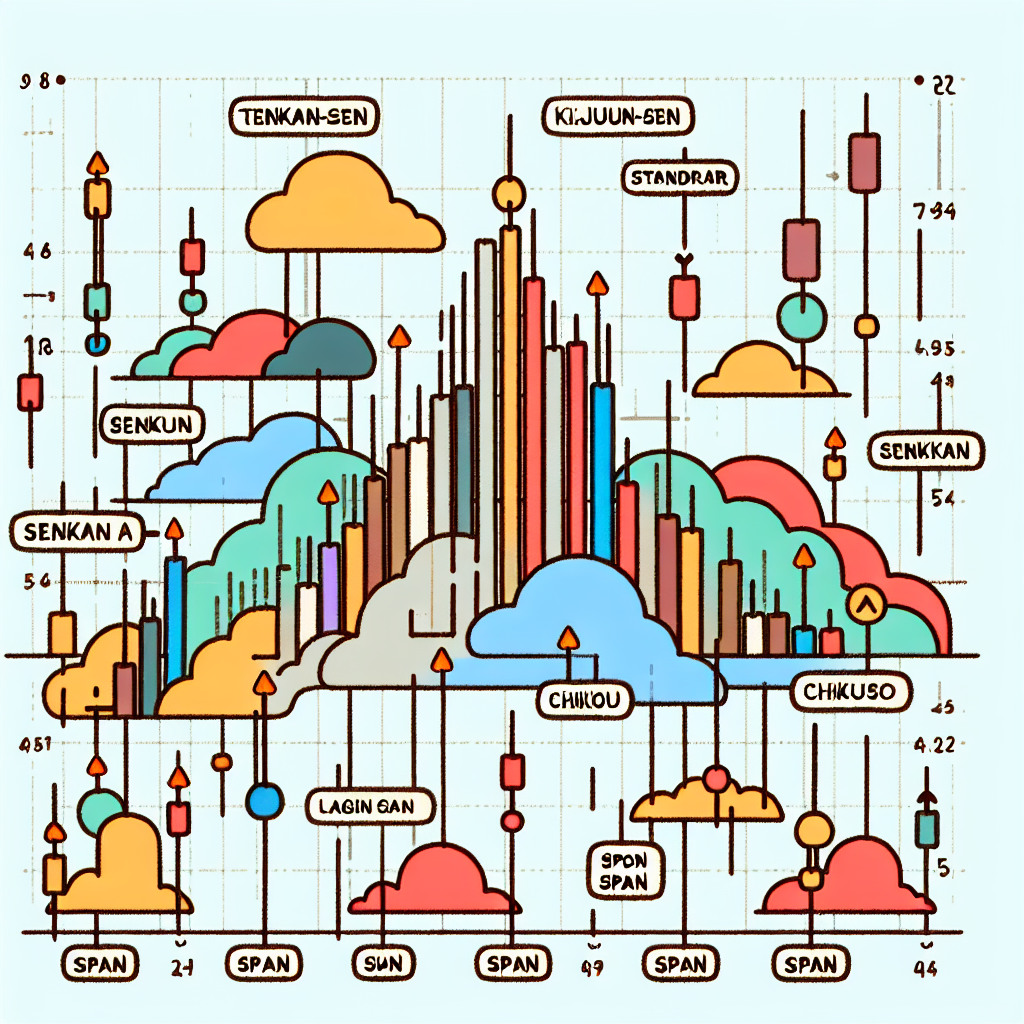
Comparison of Trading Platform Security
The digital age has ushered in a new era for investors, with online trading platforms becoming increasingly popular due to their convenience and accessibility. However, this move towards digitalization also brings with it concerns regarding the security of these platforms. As cyber threats become more sophisticated, the security measures implemented by trading platforms have never been more critical. This article delves into the security features of several leading trading platforms, comparing and highlighting their approaches to safeguarding investor assets and personal information.
Understanding Trading Platform Security
Before delving into comparisons, it’s essential to understand what security features are paramount for a trading platform. These include data encryption, two-factor authentication (2FA), fraud detection systems, and the use of secure sockets layer (SSL) certificates. Collectively, these security measures ensure that a trading platform can protect against unauthorized access, data breaches, and other cyber threats.
Encryption and User Authentication
Encryption Practices
Encryption is the first line of defense in protecting sensitive data exchanged between a user and the trading platform. It ensures that even if data is intercepted, it remains unreadable and secure.
– **Platform A**: Uses AES 256-bit encryption, which is currently the gold standard in encrypting data.
– **Platform B**: Employs TLS encryption to secure user data during transmission.
User Authentication Measures
Two-factor authentication adds an additional layer of security, requiring users to provide two forms of identification before accessing their accounts.
– **Platform A**: Offers 2FA through SMS verification and authenticator apps.
– **Platform B**: Requires 2FA but also includes the option for biometric verification, giving it a slight edge in user authentication security.
Fraud Detection and Prevention
Fraud detection systems are crucial for identifying and preventing unauthorized access or transactions within a platform.
Platform A
– Utilizes machine learning algorithms to detect unusual patterns indicative of fraudulent activities.
– Provides users with instant notifications of suspicious activities.
Platform B
– Incorporates real-time monitoring and risk management systems.
– Offers customizable alerts, allowing users to specify which activities trigger notifications.
Data Privacy and Regulatory Compliance
Ensuring data privacy and adherence to financial regulatory standards is fundamental for trading platforms to build user trust.
Data Privacy
– **Platform A**: Adheres strictly to GDPR for European users, ensuring a high level of data protection.
– **Platform B**: Complies with both GDPR and local data protection laws in regions it operates, showing its commitment to global data privacy standards.
Regulatory Compliance
– **Platform A**: Registered with the SEC and FINRA, adhering to US regulatory standards.
– **Platform B**: Not only follows US regulations but is also compliant with the FCA in the UK and ASIC in Australia, indicating a broader regulatory compliance.
Conclusion
Comparing the security features of trading platforms reveals that while many employ similar measures, nuances in their implementation can significantly impact user safety and data protection. Platform B’s broader approach to regulatory compliance and its innovative use of biometric verification for 2FA may offer it a slight advantage in terms of security. However, Platform A’s robust encryption and proactive fraud detection systems ensure that it remains a formidable option for security-conscious traders. Ultimately, the choice of a trading platform should align with an investor’s specific security preferences and geographic location, taking into account the platform’s regulatory compliance, encryption standards, and fraud protection measures.






